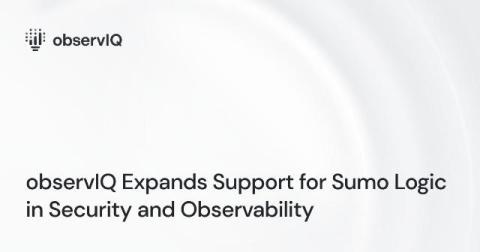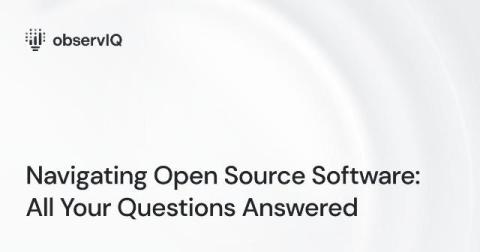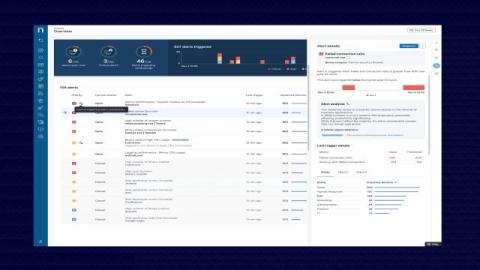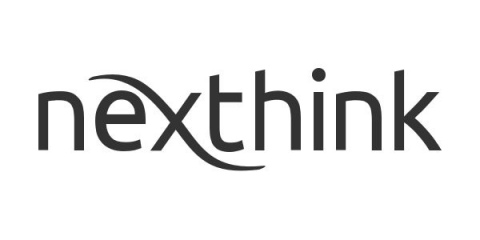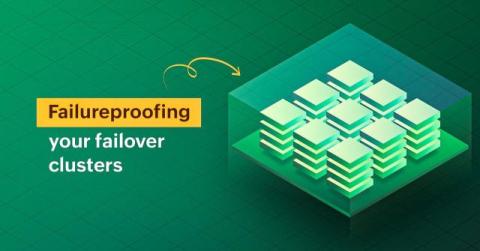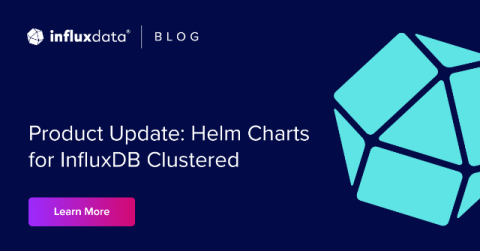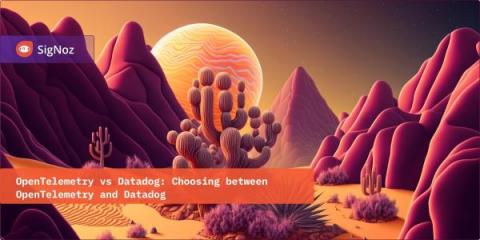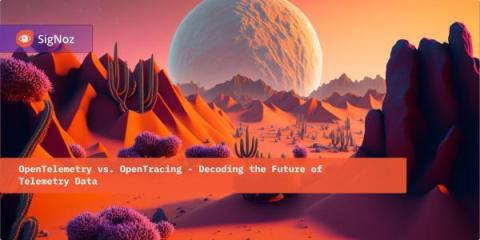observIQ Expands Advanced Support for Sumo Logic in Security and Observability Data
We’re excited to announce that as part of our expanded alliance with Sumo Logic, observIQ extended its support for Sumo’s platform. This allows customers to send logs and metrics to Sumo Logic, leveraging our telemetry pipeline, BindPlane. We’ve also made it possible to automatically recommend processors in our pipeline that format data specifically as Sumo Logic expects—once Sumo Logic is a destination for BindPlane.


